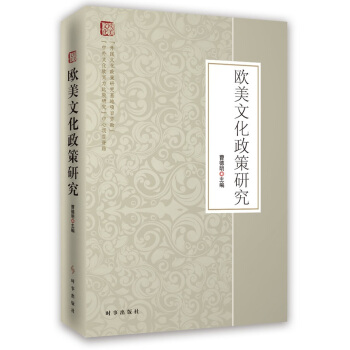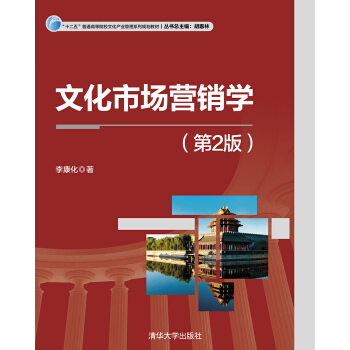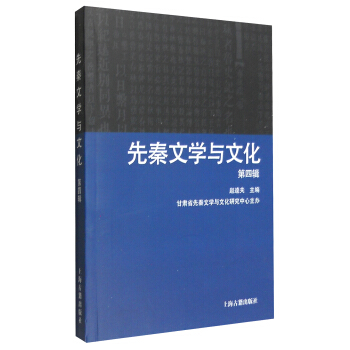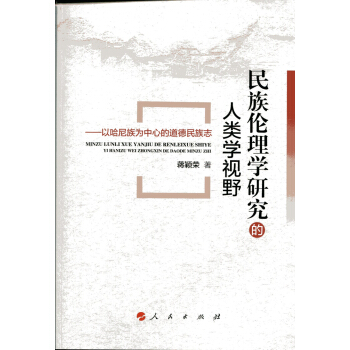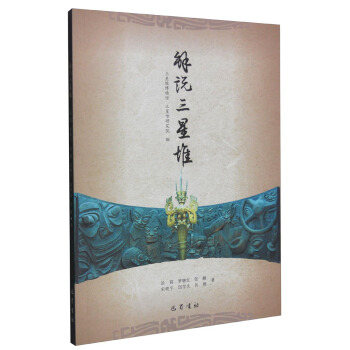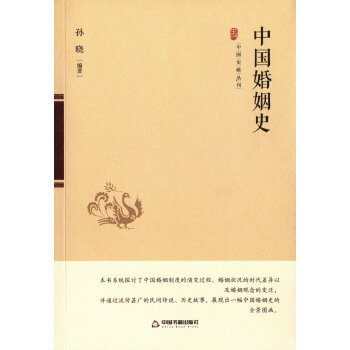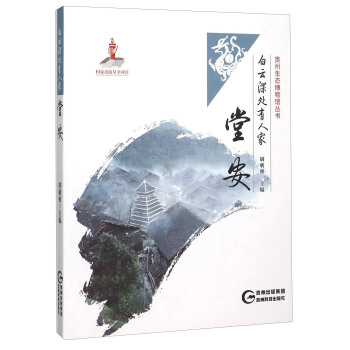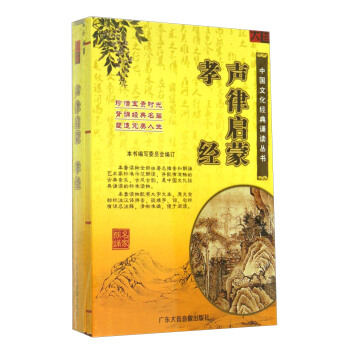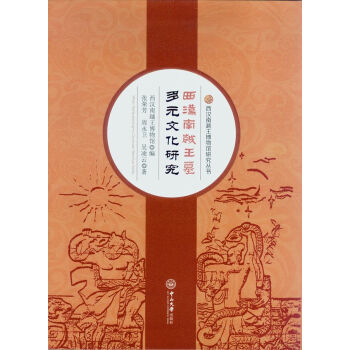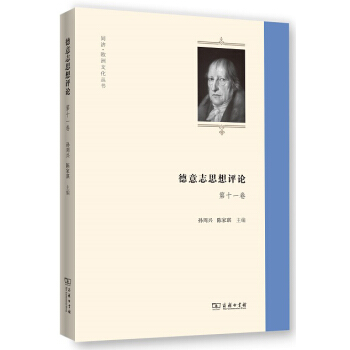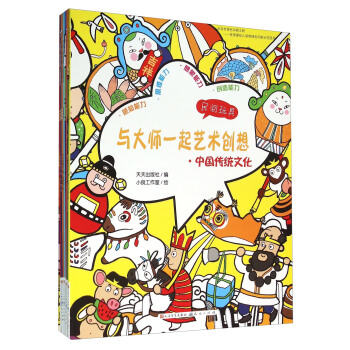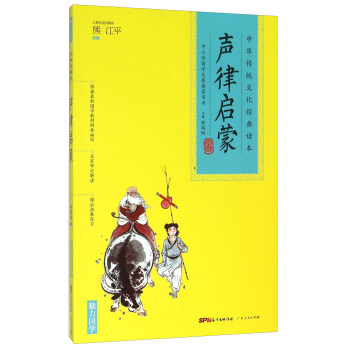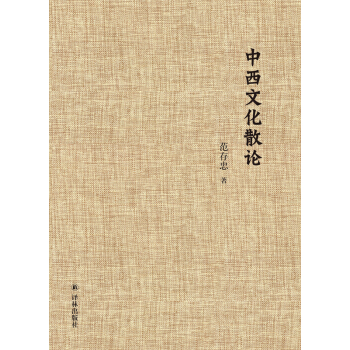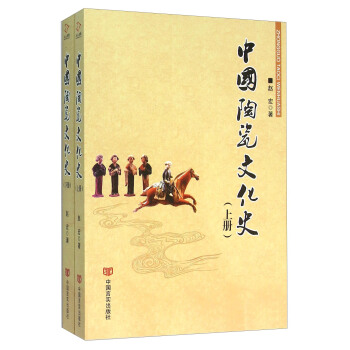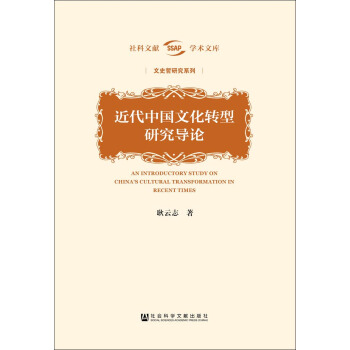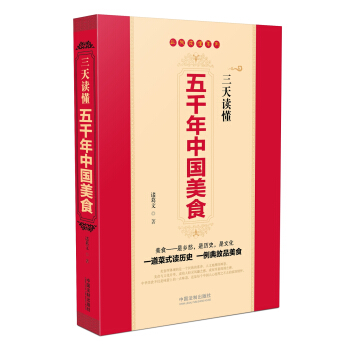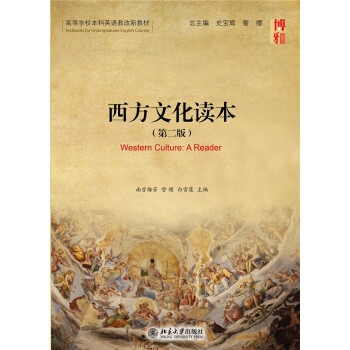

具体描述
编辑推荐
The Middle Ages of Europe is usually regarded as a “dark period” by many historians, but it is this dark period that gave birth to the university. The European university in Middle Ages, in terms of educational conception and curricula, inherited from both oriental and western civilization, especially ancient Greece, ancient Rome and Arabian world and characterized the early form of university.Establishment of the University
The first institutions generally considered to be universities were established in Italy, France, Spain and England in the late 11th and the 12th centuries for the study of arts, law, medicine, and theology. ①These universities evolved from much older Christian cathedral schools and monastic schools, and it is difficult to define the date at which they became true universities. Universities were formalized when they were granted charters. The University of Bologna can trace its origins back to the late 11th century and received its charter in the 12th century.
Other early universities established in Europe include the University of Paris in France and Oxford in England. Before 1500 more than eighty universities were established in Western and Central Europe. During the subsequent Colonization of the Americas the university was introduced to the New World, marking the beginning of its worldwide spread as the center of higher learning everywhere.
Characteristics
②The university of the Middle Ages was not entirely unlike the modern institution that we are familiar with today, in that its ostensible goal was to train the next generation of young minds for a career — in this case, the church.
Initially the universities of the Middle Ages did not have physical facilities such as the campus of a modern university. Classes were taught wherever space was available, such as churches and homes. A university was not a physical space but a collection of individuals banded together as a universitas. Soon, however, some universities (such as Cambridge) began to rent, buy or construct buildings specifically for the purposes of teaching.
Universities were generally structured along three types, depending on who paid the teachers. The first type was in Bologna, where students hired and paid for the teachers. The second type was in Paris, where teachers were paid by the church. The third type, such as Oxford and Cambridge, was predominantly supported by the crown and the state. These structural differences created other characteristics. At the Bologna University the students ran everything — a fact that often put teachers under great pressure and disadvantage. In Paris, teachers ran the school; thus Paris became the premiere spot for teachers from all over Europe. In Bologna, where students chose more secular studies, the main subject was law. Latin was the language of instruction throughout the middle ages, and beyond.
Curriculum and Degree
University studies took six years for a Master of Arts degree (a Bachelor of Arts degree could be awarded along the way), which entitled a scholar to teach anywhere in Christendom. By the 13th century, almost half of the highest offices and over one-third of the second-highest offices in the Church were occupied by degreed masters. The studies for this were organized by the faculty of arts, where the seven liberal arts were taught: arithmetic, geometry, astronomy, music theory, grammar (the art of reading and writing, focusing on the psalms, other parts of the Bible, and the Latin classics), rhetoric and logic. The primary emphasis was on logic.
A popular textbook for university study was called the Sentences; theology students and masters were required to write extensive commentaries on this text as part of their curriculum. ③Once a Master of Arts degree had been conferred, the student could leave the university or pursue further studies in one of the higher faculties, law, medicine, or theology, the last one being the most prestigious.
④Courses were not elective: the course offerings were set, and everyone had to take the same courses. There were, however, occasional choices as to which teacher to use.
Social Life
The social life at the medieval university was also quite similar to today’s system. ⑤Their rules and regulations set up provisions against gambling, flamboyant dress, staying up to all hours, and associating with loose women. Students were afforded the legal protection of the clergy. In this way no one was allowed to physically harm them; they could only be tried for crimes in a church court, and were thus immune from any corporal punishment. This produced many abuses: theft, rape and murder were not uncommon among students. And as much as modern-day professors may complain, 21st-century students who stay up late drinking in pubs are doing no more than following the tradition established by their forebears.
Significance of the Universities during the Middle Ages
⑥ The development of universities during the Middle Ages provided and still provides an important center for scholarship and intellectual exchange. It has a profound influence on the modern university and the formation of prototype of higher educational system. The modern disciplines of the sciences are particularly deeply rooted within this academic hierarchy that was initially developed in the Middle Ages.
(956 words)
内容简介
《西方文化读本》用英语编写,力图为学习者展现西方文化的概貌。编者在选材时尽量将历史概述与具体故事、知识性和趣味性相结合,调动学习者对阅读的兴趣,斯巴达的勇士、埃及艳后的故事、歌德的爱情、尼采的哲学等等,这些对于大部分学生来说曾是""道听途说""来的模糊形象,都可以在这本书中找到清晰的介绍。为了适应课堂教学和语言操练的需要,作者在每篇选读文章后都配备了适合的练习。练习形式丰富多样,使学生在阅读之后可以通过练习来检查和巩固所学知识。作者简介
总主编:史宝辉, 北京林业大学外语学院院长、教授。主编:南宫梅芳、訾缨、白雪莲,北京林业大学外语学院教授,开设"西方文化"课程多年。目录
目 录Unit 1 Ancient Greek Culture and Wisdom…1
Section A Greek Mythology…1
Section B City-States: Athens and Sparta…8
Section C Socrates …14
Unit 2 Roman Empire and Latin Culture…24
Section A History of Roman Empire…24
Section B All Roads Lead to Rome…30
Section C Cleopatra, the Egyptian Queen and Her Love Affairs…36
Unit 3 The Bible and Its History…46
Section A History of the Bible…46
Section B The Christmas Story of the Birth of Jesus…53
Section C Genesis…58
Unit 4 The Middle Ages and the Rise of Modern Europe…69
Section A The Middle Ages…69
Section B The Rise of the States…77
Section C The Rise of Universities in the Middle Ages…83
Unit 5 Renaissance and Church Reformation…95
Section A Renaissance…95
Section B The Reformation…102
Section C Henry VIII and His Six Wives…109
Unit 6 Enlightenment and the Origin of Modern Science…120
Section A The Age of Enlightenment…120
Section B On the Shoulders of Giants: Isaac Newton and Modern Science…127
Section C Francis Bacon: Fame and Disgrace…132
Unit 7 Romanticism and Realism…143
Section A Romanticism in Europe…143
Section B Romanticism in America…151
Section C Realism in Europe…157
Unit 8 Modernism and Contemporary Western Culture…172
Section A Modernism and Modernist Movement…172
Section B The Distinct Character of Contemporary American Culture …180
Section C How Contemporary American Society Tramples on Principles
of Integrity…187
Glossary…198
前言/序言
用户评价
这本《西方文化读本(第二版)》最让我印象深刻的,是它在梳理庞杂史料的同时,并没有忽略那些鲜活的人物和生动的故事。我一直相信,历史是由人谱写的,而人物的性格、选择和命运,往往能更深刻地折射出时代的精神。书中有对柏拉图、亚里士多德等哲人的深入剖析,让我看到了他们思想的深刻与复杂;有对凯撒、奥古斯都等帝王的生平描绘,让我感受到了权力与野心的交织;有对达芬奇、米开朗琪罗等艺术巨匠的介绍,让我领略到了艺术的魅力与创造力;更有对卢梭、伏尔泰等启蒙思想家的解读,让我感受到了理性与自由的力量。这些人物的命运起伏,他们的思想碰撞,他们的功过是非,都被作者用一种娓娓道来的方式呈现在我面前,让我仿佛置身于那个波澜壮阔的时代,与他们一同经历着历史的变迁。
评分我原本以为,一本关于西方文化的读本,可能会充斥着枯燥的理论和晦涩的哲学名词,但《西方文化读本(第二版)》完全颠覆了我的这种预设。它的语言风格非常亲切自然,即使是对于一些比较复杂的概念,作者也能用通俗易懂的语言加以解释,并且辅以大量的例证和引述,使得阅读过程变得轻松而富有启发性。我尤其喜欢书中对于不同文化要素之间的联系与演变的梳理,它不仅仅是孤立地介绍某个时期的文化成就,而是强调了这些文化是如何在历史的长河中相互影响、相互借鉴,最终形成我们今天所看到的西方文明。这种宏观的视角,让我对西方文化的整体性有了更深刻的理解,也对文明发展的规律有了新的认识。
评分总而言之,《西方文化读本(第二版)》是一本非常值得推荐的著作。它以其宏大的视野、细腻的笔触、清晰的逻辑和生动的语言,成功地将西方文化这颗璀璨的明珠呈现在我面前。它不仅仅是一本教科书,更像是一位智慧的向导,带领我穿越历史的迷雾,理解文化的根源,感悟人类文明的进步。无论是对西方文化感兴趣的初学者,还是希望系统梳理知识的进阶者,都能从中获益良多。我会毫不犹豫地将这本书推荐给我的朋友们,希望他们也能和我一样,在这本书中找到属于自己的启迪与乐趣。
评分这本书最大的优点之一,在于它对于历史细节的把握和对文化深层意义的挖掘。它并没有满足于简单地陈述历史事件,而是深入探究了这些事件背后的原因、影响以及它们在西方文化发展中的重要性。例如,在讲述宗教改革时,作者不仅仅描述了马丁·路德的行动,更深入剖析了宗教改革如何动摇了罗马教廷的权威,如何促进了民族国家的形成,以及如何深刻地影响了西方人的精神世界。又如,在阐述启蒙运动时,作者并没有停留在介绍卢梭、伏尔泰等人的思想,而是进一步探讨了他们的思想如何渗透到政治、法律、教育等各个领域,并最终孕育了现代西方社会的基本框架。这种层层递进、由表及里的分析,让我的理解更加透彻。
评分这本书的参考文献和推荐阅读列表也做得非常出色,这对于渴望深入研究的读者来说,无疑是一份宝贵的资源。在阅读过程中,我经常会遇到一些引起我极大兴趣的观点或事件,当我翻到书的结尾,看到作者列出的相关书籍时,我仿佛看到了继续探索的道路。这种设计不仅体现了作者严谨的学术态度,也为读者提供了一个扩展阅读的便捷途径,让我感到这本书的价值远不止于眼前的纸面内容,它更像是一扇通往更广阔知识海洋的门户。我已经在计划着根据这些推荐,去图书馆借阅一些更专业的著作,进一步加深我的理解。
评分作为一名非专业的读者,我常常在阅读一些历史书籍时感到力不从心,因为知识体系庞大,时间线索复杂,很容易迷失方向。然而,《西方文化读本(第二版)》以其清晰的结构和有条理的叙述,极大地缓解了我的这种焦虑。它将西方文化的发展划分为几个相对独立又相互关联的篇章,每个篇章都聚焦于某个特定的时期或主题,并且在内部又进行了细致的划分,使得读者能够循序渐进地掌握知识。我最欣赏的是,作者在每个章节的结尾,都会对本章内容进行小结,并提出一些引发思考的问题,这不仅帮助我巩固了所学知识,更激发了我进一步探索的兴趣。
评分阅读《西方文化读本(第二版)》的过程,不仅仅是一次知识的积累,更是一次思维的洗礼。我发现,西方文化中蕴含着许多值得我们学习和借鉴的价值理念,例如对理性精神的追求,对个体自由的强调,对民主与法治的重视,以及对科学与创新的鼓励。这些理念在书中被反复提及,并且通过具体的历史事件和人物得以体现,让我对这些抽象的概念有了更具体、更生动的理解。我开始反思,这些西方文化的核心元素,与我们自身的文化传统,有哪些异同之处?它们又是如何影响着当今世界的格局?这些思考让我觉得,阅读这本书不仅仅是为了了解西方,更是为了更好地理解我们自身,以及我们所处的这个多元化的世界。
评分作为一个对西方历史和文化一直充满好奇但又缺乏系统性知识的学习者,偶然间翻阅到这本《西方文化读本(第二版)》,简直如获至宝。它就像一位经验丰富的老友,耐心地引导着我一步步踏入那个既熟悉又陌生的广阔天地。从书的装帧开始,就透着一股沉静而厚重的气息,纸张的质感也十分舒适,单凭这一点,就足以让人心生好感,期待接下来的阅读体验。我一直觉得,了解一个文化,最直接的方式就是去触碰它的核心思想和历史脉络,而这本书显然抓住了这一点。它没有落入泛泛而谈的窠臼,而是从一些关键的节点切入,比如古希腊的哲学思辨,罗马帝国的法律与政治遗产,基督教的传播与影响,文艺复兴时期的艺术与人文主义觉醒,再到启蒙运动的思想光辉,工业革命的社会变革,以及近代以来的各种思潮和运动。每一部分都像是打开了一扇新的大门,让我得以窥见西方文明发展的关键动力和内在逻辑。
评分作为一个对现代西方政治制度感兴趣的读者,我在这本《西方文化读本(第二版)》中找到了我想要的答案。书中对古希腊民主的起源与局限,罗马共和制的兴衰,中世纪封建制度的演变,近代民族国家的形成,以及近代以来民主、自由、平等、人权等核心政治理念的发展演变,都进行了清晰的梳理。特别是对英国光荣革命、法国大革命、美国独立战争等重大历史事件的分析,让我对现代西方政治制度的形成过程有了更深刻的认识。作者通过对这些事件的解读,展示了西方社会在争取政治权利和完善政治制度过程中的探索、斗争与进步,让我对“民主”这个概念有了更全面的理解。
评分我一直对艺术史情有独钟,而《西方文化读本(第二版)》在这方面的内容也让我非常满意。书中对于古希腊雕塑的庄重与和谐,哥特式建筑的垂直向上与神秘,文艺复兴时期绘画的写实与人文关怀,巴洛克艺术的华丽与戏剧性,以及印象派画作的光影与瞬间捕捉,都进行了详细而生动的介绍。我最喜欢的是,作者并没有将艺术孤立地看待,而是将其置于当时的社会、政治、宗教背景之下,去分析艺术作品的产生原因、时代特征以及它们所要传达的思想内涵。通过阅读,我不仅欣赏到了那些传世的艺术珍品,更理解了它们背后所蕴含的时代精神和文化密码。
相关图书
本站所有内容均为互联网搜索引擎提供的公开搜索信息,本站不存储任何数据与内容,任何内容与数据均与本站无关,如有需要请联系相关搜索引擎包括但不限于百度,google,bing,sogou 等
© 2025 book.coffeedeals.club All Rights Reserved. 静流书站 版权所有

